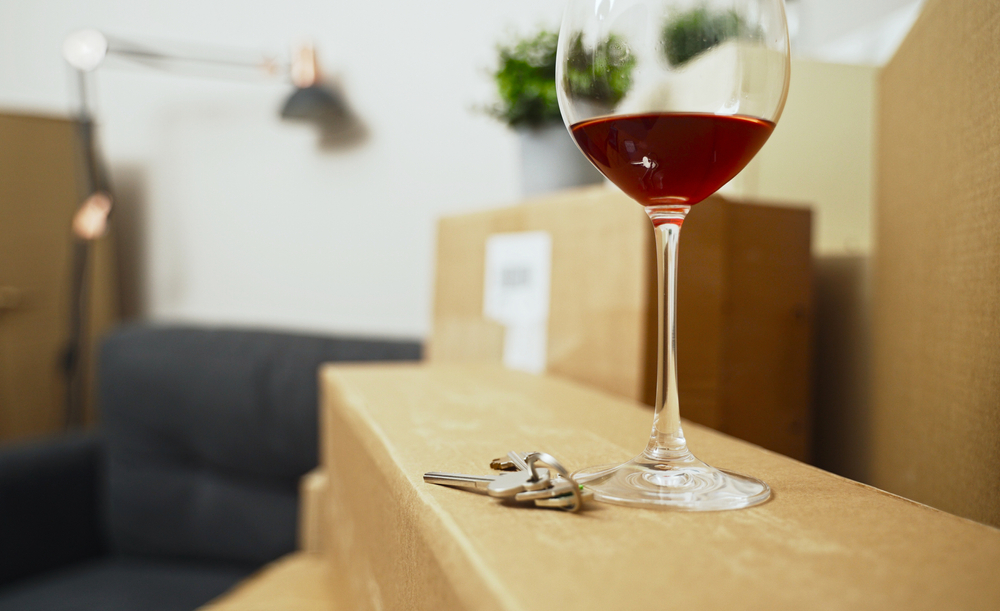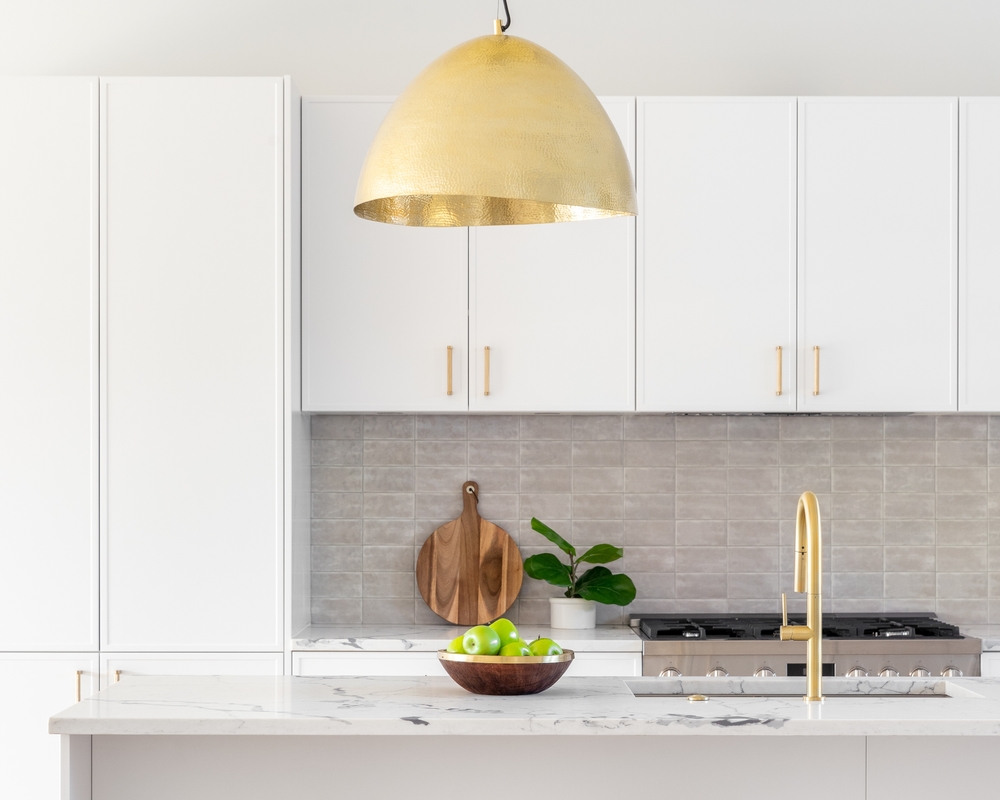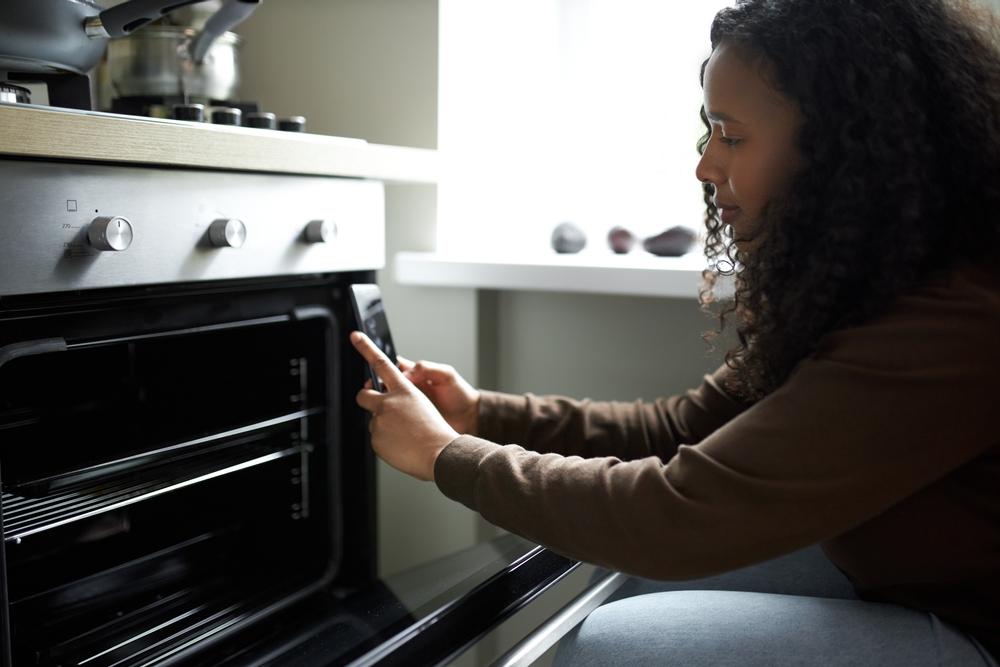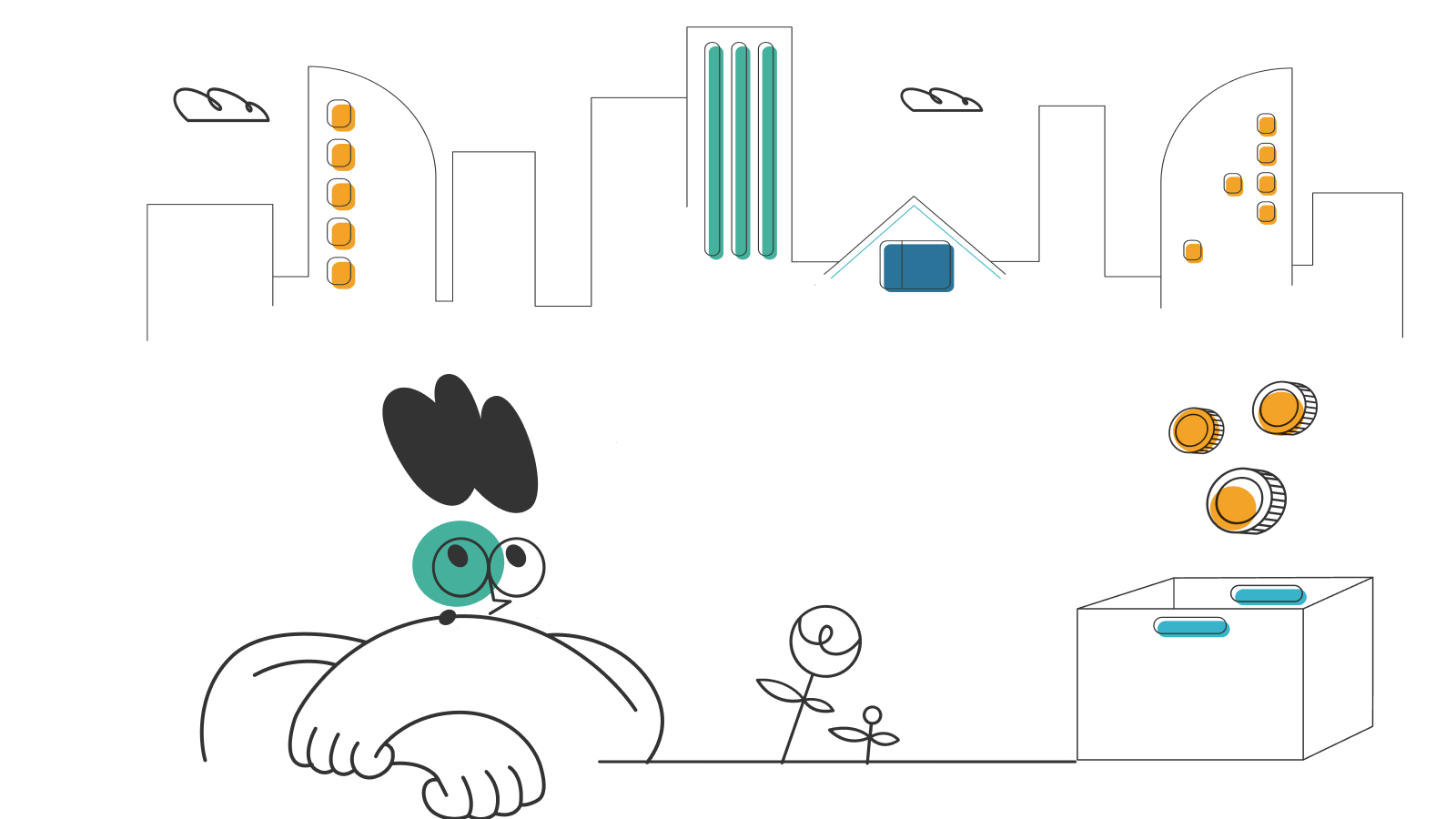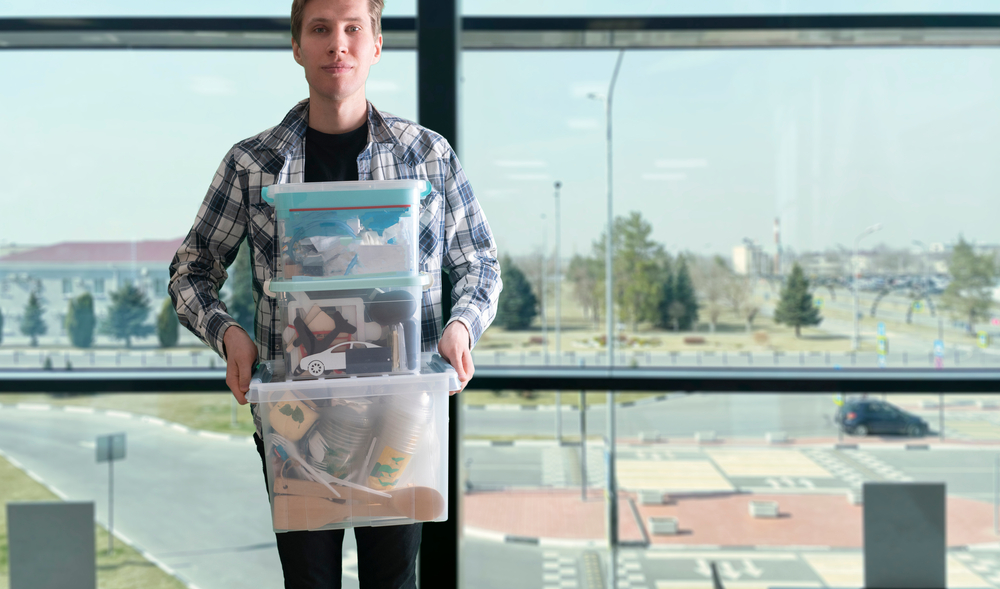How Many Boxes Do You Need to Move
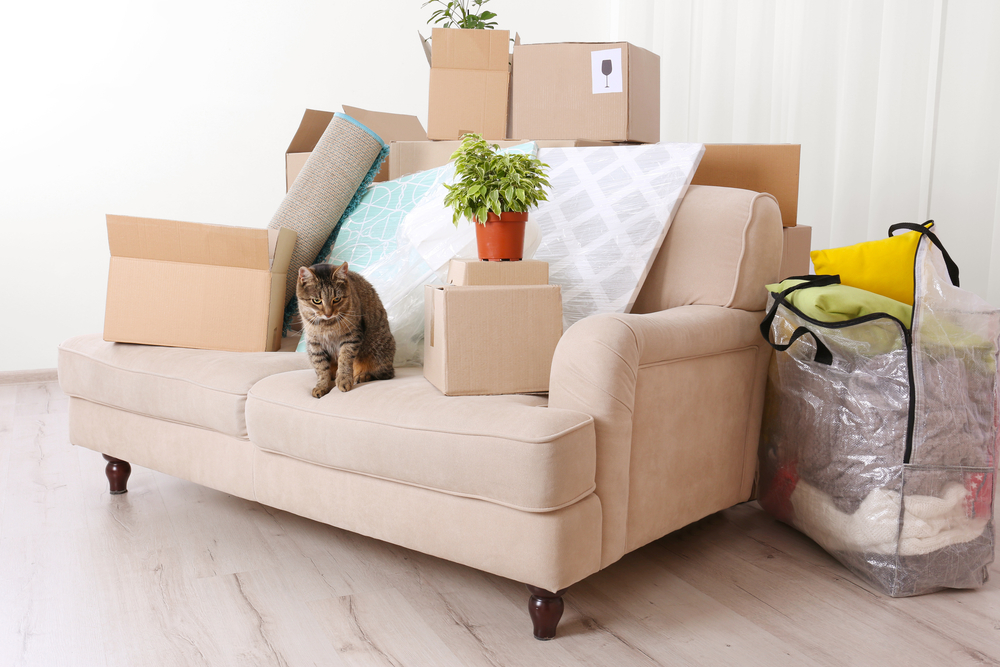
Moving soon? Get organized with our free moving checklist.
This “How Many Boxes Do You Need to Move” post contains references to products from one or more of our partners and Updater may receive compensation when you purchase those products.
It’s time to move! You started hunting for boxes but are stuck wondering just how many boxes do you need to move — and where you can find packing boxes. While there’s no hard and fast rule, you can estimate how many moving boxes you need by looking at your home and its contents. Here’s everything you need to know to make the best estimate before your move.
- Boxes by square footage
- Boxes by number of rooms
- Boxes by home type
- Boxes by lifestyle
- Sizes of packing boxes
- Specialty packing boxes
- What packing supplies do I need for my move?
- Packing tips
How many packing boxes do I need based on square footage?
The most common and straightforward way to determine how many packing boxes you need is to look at the square footage of your home. A larger home will usually have more items, making square footage an important factor in determining how many packing boxes you’ll need.
400-700 square feet
- 7-15 small boxes
- 9-15 medium boxes
- 6 large boxes
- 3 extra-large boxes
Recommended box kit from UsedCardboardBoxes.com: 1-Bedroom
700-1250 square feet
- 17-23 small boxes
- 15-22 medium boxes
- 7-11 large boxes
- 4-6 extra-large boxes
Recommended box kit from UsedCardboardBoxes.com: 2-Bedroom
1200-1700 square feet
- 32-37 small boxes
- 25-35 medium boxes
- 16-20 large boxes
- 10-12 extra-large boxes
Recommended box kit from UsedCardboardBoxes.com: 3-Bedroom
1700-2200 square feet
- 38-42 small boxes
- 36-47 medium boxes
- 21-26 large boxes
- 13-15 extra-large boxes
Recommended box kit from UsedCardboardBoxes.com: 4-Bedroom
How many packing boxes do I need by my number of rooms?
As a general rule of thumb, you’re going to want about 10 small, 8 medium, and 5 large packing boxes per room. This is just an estimate, however, since rooms can drastically vary in size and contents. Here’s a guide for how many packing boxes each room needs on average:
Kitchen
The average American kitchen is 160 square feet. To pack up a kitchen of this size you’ll need:
- 2-4 small boxes
- 5-6 medium boxes
- 4 large boxes
- 2 extra-large boxes
- 4-6 dish barrel boxes
Living room
Unless your living room doubles as a library or museum, it should be fairly easy to pack up. You’ll want:
- 2-4 small boxes
- 3-4 medium boxes
- 2-4 large boxes
- 1-2 extra-large boxes
Dining room
Do you store fine dishes in the dining room? Make sure they’re protected in dish barrel boxes. For the whole room, you should have:
- 1-2 small packing boxes
- 1-2 medium boxes
- 2-4 dish barrel boxes
Master bedroom
Of all the bedrooms, your master will likely require the most boxes. The size of your closet also affects how many boxes you need to move your bedroom, so adjust the number of boxes to fit your clothes. Be prepared with:
- 1-3 small boxes
- 5-6 medium boxes
- 5-8 large boxes
- 4-6 wardrobe boxes
All other bedrooms
These numbers fluctuate depending on whose room it is. Your teenage daughter, for instance, will likely have more hanging clothes than your three-year-old. In general, you should have:
- 1-2 small boxes
- 3-5 medium boxes
- 3-5 extra-large boxes
- 2-4 wardrobe boxes
Bathroom
Depending on your bathroom, you may only need:
- 2-3 small boxes
- 1 medium packing box
Also remember to purchase moving boxes for anything you’re taking from the basement, attic, laundry room, and garage. You don’t want to rush out last minute for packing boxes to carry your tools and camping supplies.
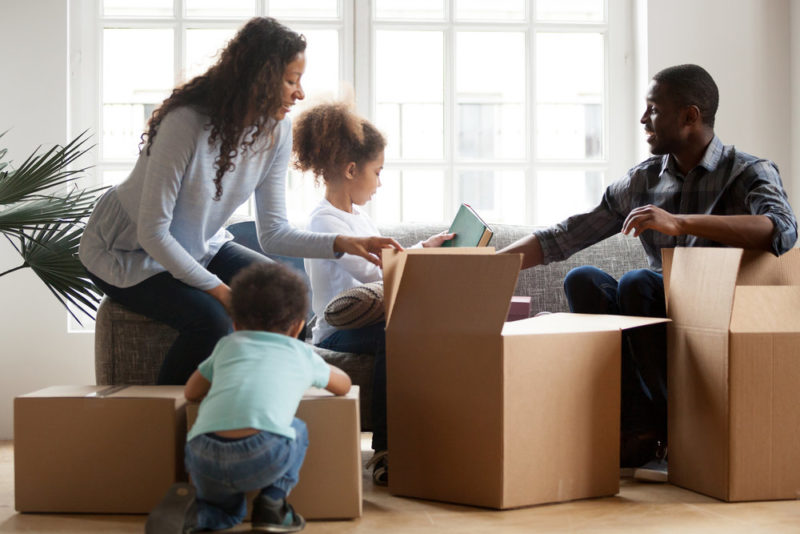
How many packing boxes do I need for my home type?
Bedrooms are the best rooms to count when asking yourself, “how many boxes do I need to move?” They’re common to almost every home and contain both clothes and personal belongings. Packing up a studio apartment will look much different from packing up a four-bedroom house. Here are some guidelines to get you started and a box kit recommendation for each.
Studio apartment
- 13 small boxes
- 9-17 medium boxes
- 5-6 large boxes
- 2-7 extra-large boxes
Eco-friendly studio box kit from $38
One bedroom home
- 15-18 small boxes
- 18-29 medium boxes
- 10 large boxes
- 4-9 extra-large boxes
Eco-friendly 1-bedroom box kit from $76
Two bedroom home
- 35 small boxes
- 27-38 medium boxes
- 15 large boxes
- 6-11 extra-large boxes
Eco-friendly 2-bedroom box kit from $123
Three bedroom home
- 38 small boxes
- 36-47 medium boxes
- 20 large boxes
- 8-13 extra-large boxes
Eco-friendly 3-bedroom box kit from $161
How many packing boxes do I need for my lifestyle?
To clarify, we aren’t talking mattress-on-the-floor minimalism or pizza boxes-stacked-to-the-ceiling hoarding. But everyone has a threshold for how much stuff they can handle in their home. You might live in a one-bedroom apartment but have a baby and plenty to pack. On the flip side, a couple could live in a 2,000 square foot house and only have minimal belongings.
If you’re a minimalist
You’re a deliberate decorator who only shows off the items you really care about. Your desire to keep things simple and your appliances multifunctional will come in handy as you pack. You’re probably going to need the fewest number of boxes in each category with more medium boxes and fewer wardrobe boxes.
If you’re a packrat
You might be more inclined than others to keep sentimental items like birthday cards and notebooks. Your walls are lined with pictures and every surface is dancing with knick knacks. You’re going to have more belongings than someone less attached to these items, so prepare to be on the higher end of our box estimates, especially with small and wardrobe boxes.
If you’re somewhere in between
If neither one of these sounds like you, don’t worry. There’s a whole sliding scale between the two. Wherever you lie, from hoarder to minimalist, take stock of your belongings and you’ll get a good idea of how many boxes you need to move. Don’t have any fine china but have 50 pairs of shoes? Lower your number of dish barrel boxes and up the number of large packing boxes on your shopping list.
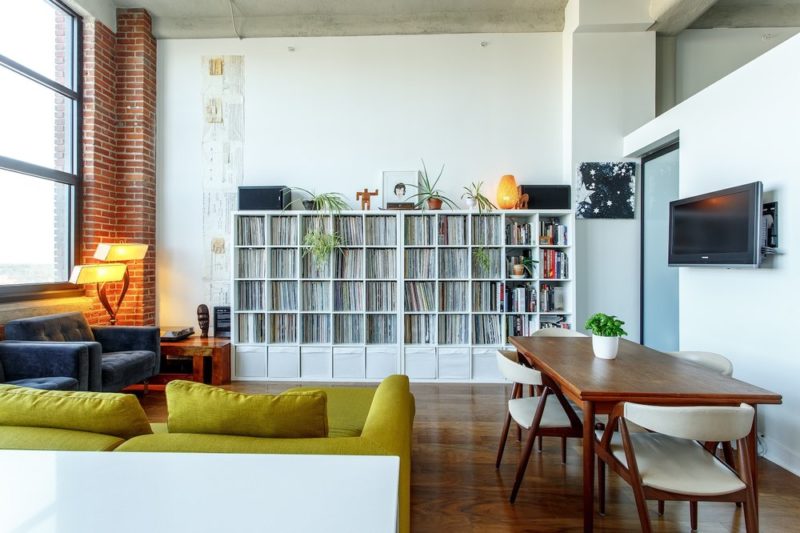
Sizes of Packing Boxes
Though there may be small differences of an inch or two, packing boxes generally come in four primary sizes. If you want to know how many boxes you need to move, you should be aware of the boxes available. These are the most common sizes of packing boxes:
Small packing boxes: 1.5 cubic feet
These little boxes can generally hold about 20 magazines or 6 wine bottles. They’re great for small heavy items like books or all those cleaning supplies.
Medium packing boxes: 1.5-3 cubic feet
For items that require a little more space, medium boxes are the way to go. You’ll likely need the most of these, so prepare to stock up. In general, they can hold 5-15 cans and boxes of non-perishables, making them ideal for packing up your pantry.
Large packing boxes: 2.5-3.5 cubic feet
Large boxes are the perfect sized packing box for moving your shoes and folded clothes. They can typically hold up to 12 pairs of shoes, so if walk-in closets are the pearl of your home, large packing boxes will come in handy.
Extra-large packing boxes: 3.6+ cubic feet
Since they’re the biggest, it’s a good idea to use extra-large packing boxes for your lightest belongings. Awkwardly shaped items such as toys can be sandwiched between a couple of blankets, protecting them on the move. It’s easy to get carried away though, so try your best not to make these boxes too heavy.
Specialty Packing Boxes
Remember that walk-in closet? There are specially-designed boxes made just for your hanging clothes. Are you more of a book collector? There are packing boxes for you, too! They tend to cost more, but it’s worth protecting your clothes, books, and dishes. Here are the most helpful specialty boxes designed to make packing easier:
Book boxes: 1 cubic foot
These are small, strong boxes made just for packing books. They tend to be 12″x12″, so they can hold most sized books, and you don’t have to worry about over packing them.
Dish barrel boxes: 5.25 cubic feet
You can feel safe packing your dishes in these specially made boxes. Their extra-thick walls help to absorb shock and reinforce the sides, keeping your grandmother’s china safe.
Wardrobe boxes: 11-16 cubic feet
Given their elongated shape and the built-in hanging rod, these are the absolute best boxes to move your hanging clothes in. They’re available in 3 different sizes, so be sure to check dimensions before ordering.
What packing supplies do I need for my move?
Packing tape
This is something you really don’t want to run out of when packing boxes. Tape rolls are 54-110 yards long. This sounds like a lot, but if you’re taping the top and bottom of every box, you’ll quickly fly through it. To be safe, have one roll of tape for every 30-60 boxes — and always splurge for the dispenser. Trust us, it’ll be worth it.
Paper and bubble wrap
Do you have two sets of dishes and a bar’s worth of glassware? If so, you’ll want 14 lbs of paper and 80 feet of bubble wrap to protect your breakables. At a minimum, we recommend purchasing 3 lbs of packing paper and 20 feet of bubble wrap.
Markers
For easy labeling, markers are a must. Luckily, they’re useful for more than just moving day, so you can never really have too many. For packing, however, be sure to have 1-4 markers on hand. This is especially important if your friends and family help you pack. Passing the marker back and forth is fun, but having your own is better.
Labels
Make sure you have at least one label for each box. We recommend using two, that way you have more than one side covered when it comes time to unload. Want to get the most out of your labeling? Choose colored labels and use a different one for each room. This way, you won’t waste time reading the labels until you’re unpacking each box.
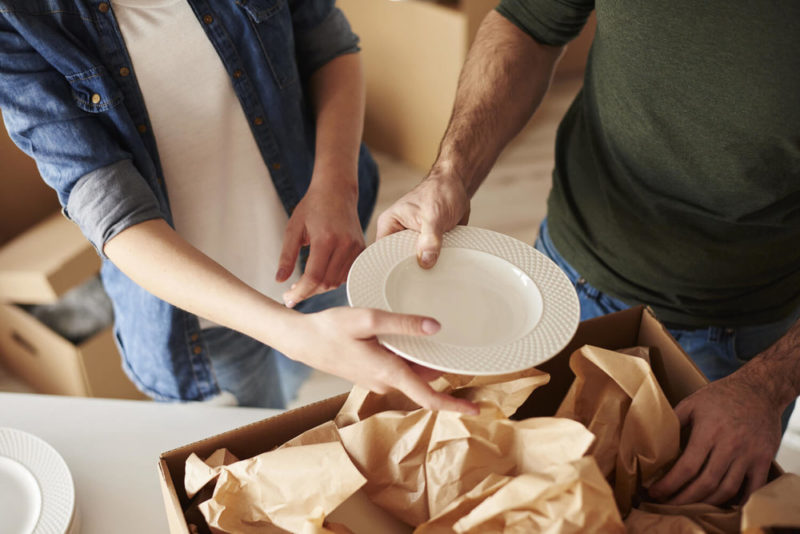
Packing Tips
Downsize first
Moving is easier when you have fewer things, so donate your clothes and hold a garage sale to offload anything that you don’t need. Uncover a shirt you haven’t seen in years? Chances are you won’t miss it — pass the shirt along to someone who’ll get good use out of it.
Prepare to pack tricky items
Knowing how to successfully pack your jewelry and safely transport your fragile items will save you time and frustration before you move. When it comes time to move the electronics, take pictures of all cords before unplugging them, and use plastic baggies to keep them safe.
Always pack an “open first” box
Want the first night in your new home to be comfortable? We thought so. Make life easy on yourself and pack an open first box. Pack this box with enough essentials to get you through the first 48 hours in your new home. Make sure to include any important documents not suitable for traveling on the moving truck.
Packing boxes are an essential part of moving. With this guide and a little extra organization, you can answer the question, “how many boxes do I need to move?” in no time. Here’s to having all the boxes you need for a successful move!


